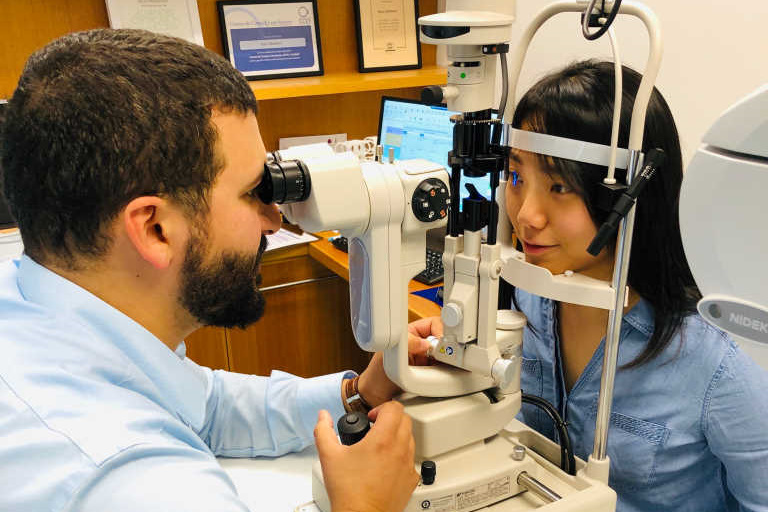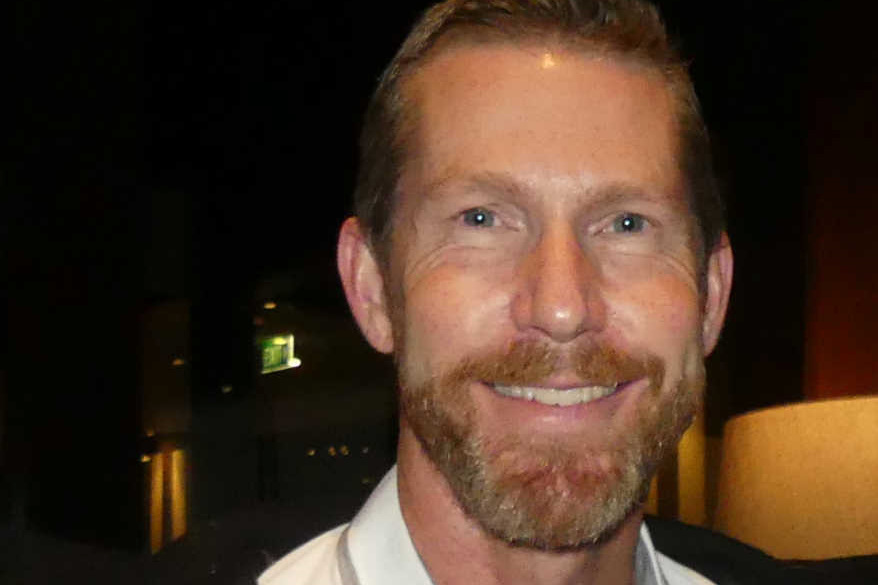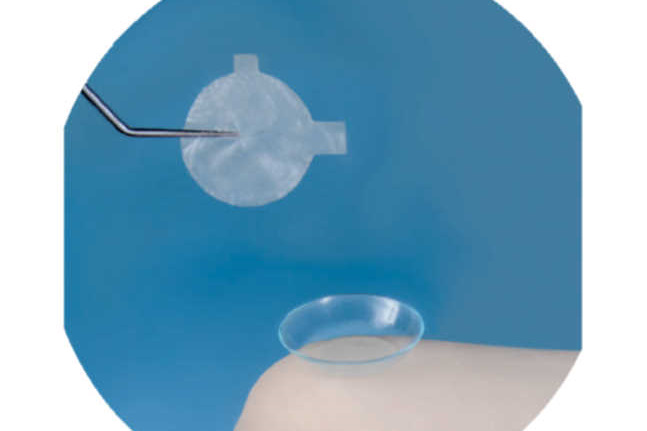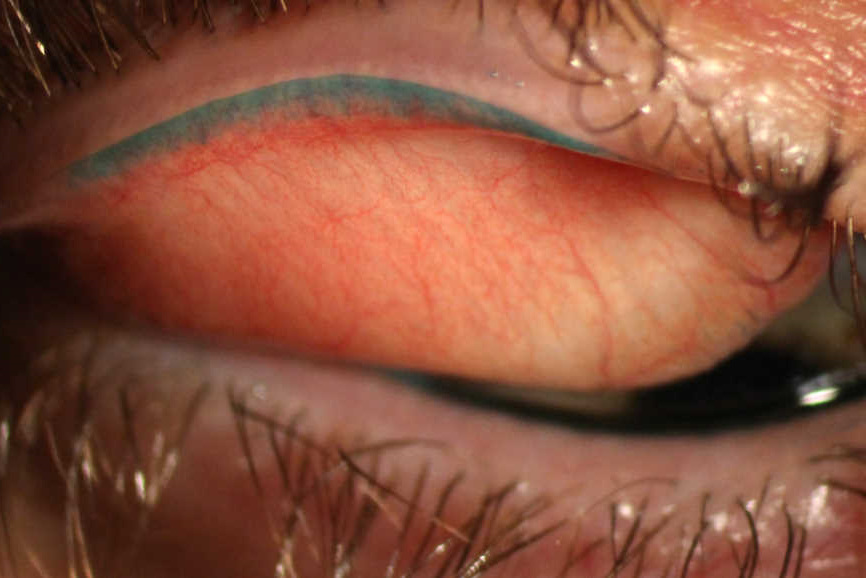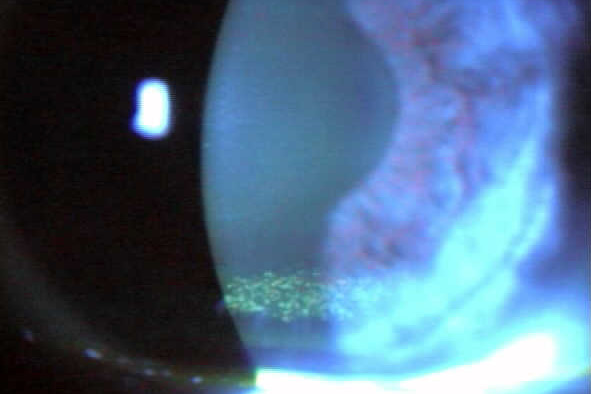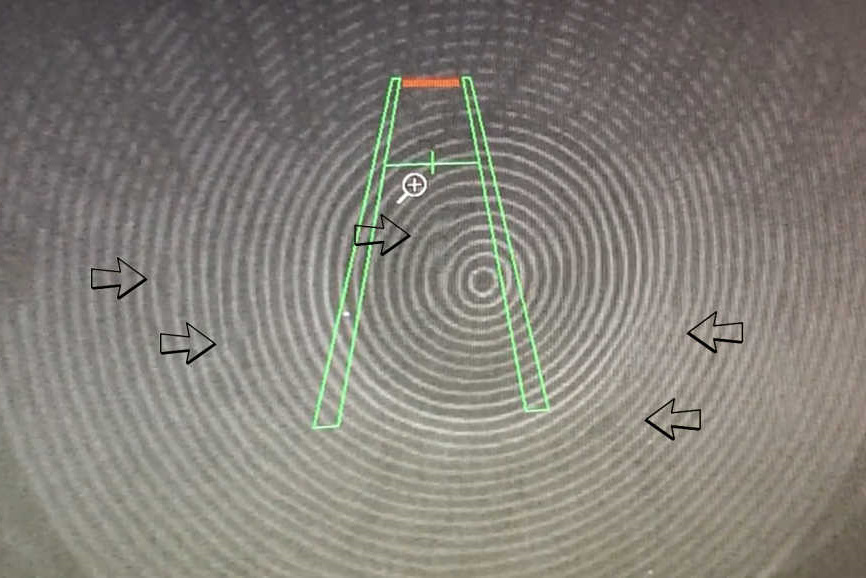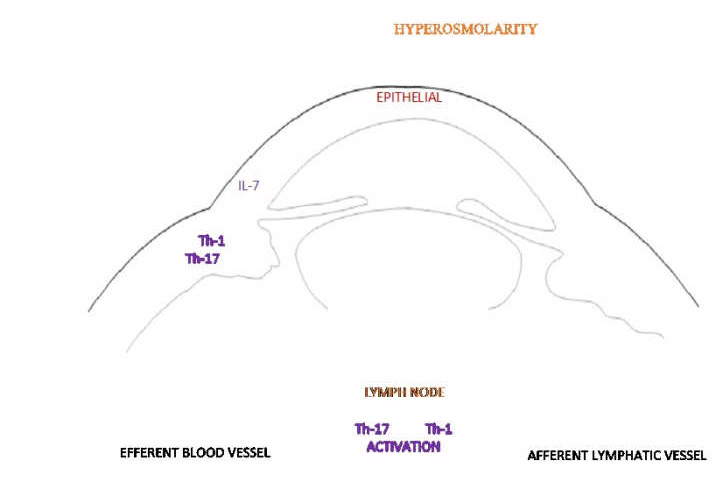Dry eye in practice - does it work?
I set up a new independent optometry practice earlier this year. I knew that it wasn’t going to be easy, but I was confident my clinical experience, business education and management experience as a Specsavers partner had prepared me well for the adventure that lay ahead.
My practice focuses on dry eye, myopia control and gas permeable contact lenses. I have been passionate about optometry specialties like RGP contact lens fitting, ever since I was an undergraduate student. Lectures in RGP contact lens fitting by experienced New Zealand optometrists Grant Watters and Richard Johnson had me hooked from the beginning and I’ve been fitting RGP’s for keratoconus since graduation and have always enjoyed it.
The dry eye attraction
Dry eye became a new passion for me after I laid my eyes on the TFOS DEWS II report. With this, we finally had a body of knowledge to guide us through the murky waters of dry eye. My attendance at Vision Expo East in New York last year further added to my interest and conviction that dry eye was going to be a big part of optometry in the future. American optometry seems to be a step ahead of us and hearing different clinicians speak about how they were diagnosing and treating dry eye really impressed me, so I started to think about how I could apply a similar model in New Zealand.
Given my passion for specialty optometry, establishing a specialty practice made good business sense. Specialties like dry eye offer a niche that allows me to differentiate myself from the competition. It’s also a specialty that fits nicely between optometry and ophthalmology as many optometrists and ophthalmologists are happy to refer patients for dry eye treatment.
My dry eye service
My dry eye patients all undergo a comprehensive evaluation using the latest technology. This starts with a dry eye questionnaire and includes tests like osmolarity, interferometry and meibography. Once the type and severity of dry eye is established, treatment options are discussed with the patient. As a wide array of treatment options is available, a tailored treatment plan can take some time to finalise, however, patient buy-in is important for compliance and success, so I give this part of the process as much time as it needs. Finally, a review appointment is normally booked to monitor progress and treatment success. I find this step is also important as it gives people an incentive to maintain compliance since they know they will be followed up in a few weeks.
The experience so far
Initially, we were only getting appointments for conventional eye tests and glasses, so I wasn’t sure if my strategy was going to work out the way I had planned. But then something interesting started to happen. People began to book in specifically for our dry eye evaluations! I also started to get referrals from colleagues, both optometrists and ophthalmologists, for dry eye and myopia control.
This was a new experience for me as an optometrist. I was used to seeing people primarily for eye tests. To have someone come in who had seen their optometrist or ophthalmologist recently for a routine eye test was different. I didn’t need to check their refraction! That took a bit of getting used to.
It has been quite a steep learning curve. I have to keep more up-to-date with the literature as a lot of what I am doing is new and isn’t in any text books and I’ve had to go deep into some studies to try to figure out what to expect from some treatments.
The response from patients, however, has been great. They love the fact that we exist and they say it’s a relief they’ve found someone they can see about a specific problem they’ve suffered from for a long time. And we can see the results, which is helping us grow. A patient I recently treated with LipiFlow described the results as “beyond amazing”. She is now a strong advocate for our practice as are many other patients we have successfully treated.
In conclusion
By the time you read this article it will have been seven months since I opened the doors to my new practice. It has been a somewhat challenging journey. Leaving an established position to start a new practice was risky. There were moments in the beginning when I wondered if I’d made the right decision. However, the journey has also been surprisingly rewarding. Seeing your new practice grow, day-by-day, with happy patients is very fulfilling. We still have a long way to go but it has been a good start.
I now know that although my experience has helped, it is overshadowed by the support I have been given. The biggest thing that’s helped me get my practice off-the-ground and up and running successfully is the support I’ve received from ophthalmologists, optometrists and other industry professionals. It has shown me that our industry is full of good people who genuinely want others to do well and succeed.
We should be proud to be part of it. I sure am!
Ryan Mahmoud is a therapeutically-trained optometrist and owner of NVision Eyecare in Auckland, New Zealand. As well as general optometry, NVision offers specialty services in paediatric vision, contact lenses, glaucoma and dry eye.










